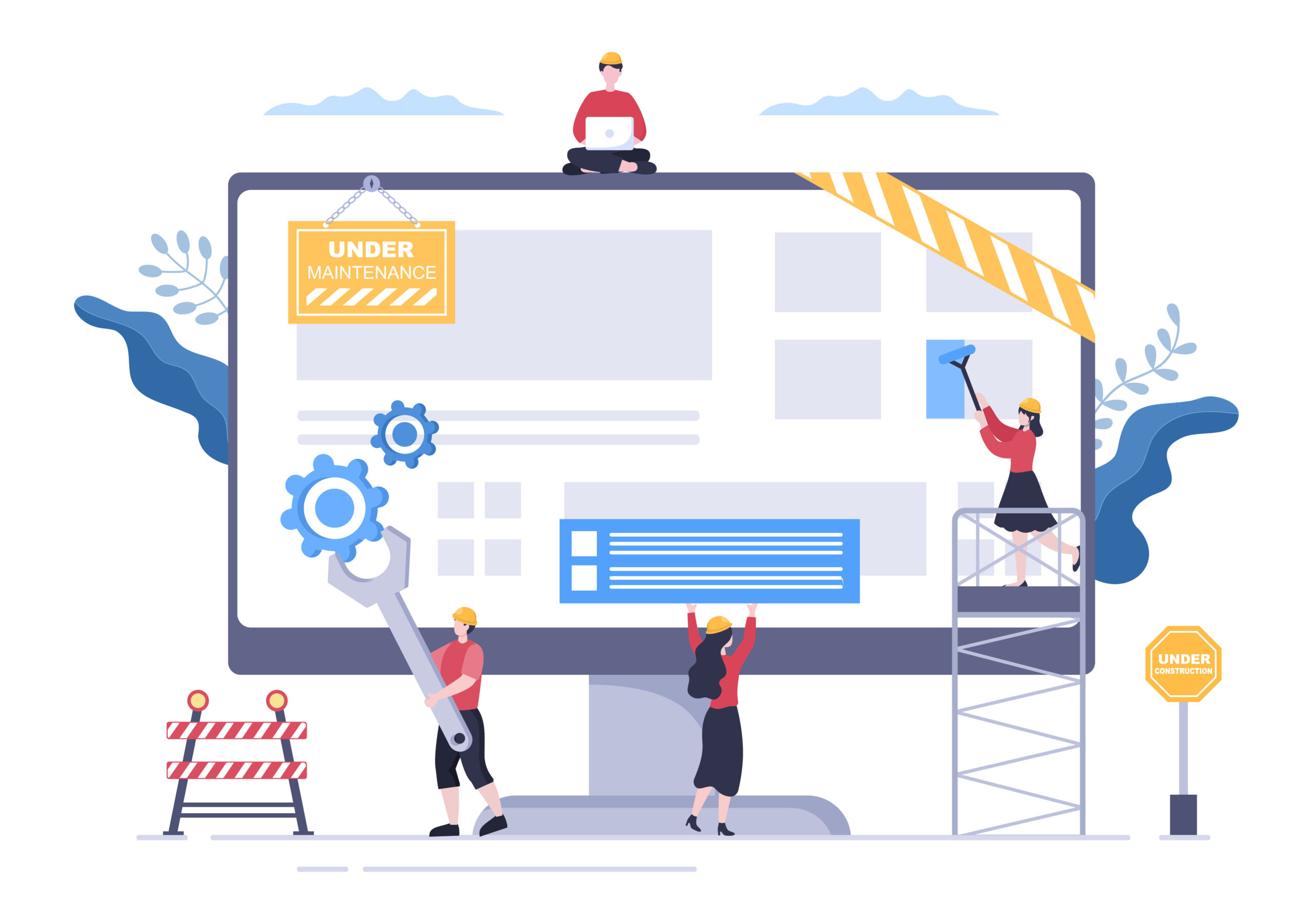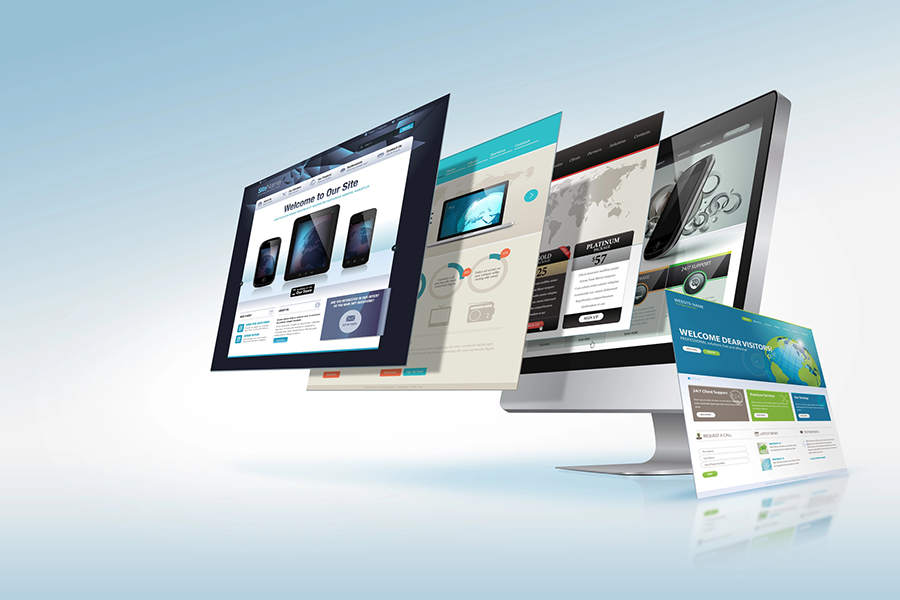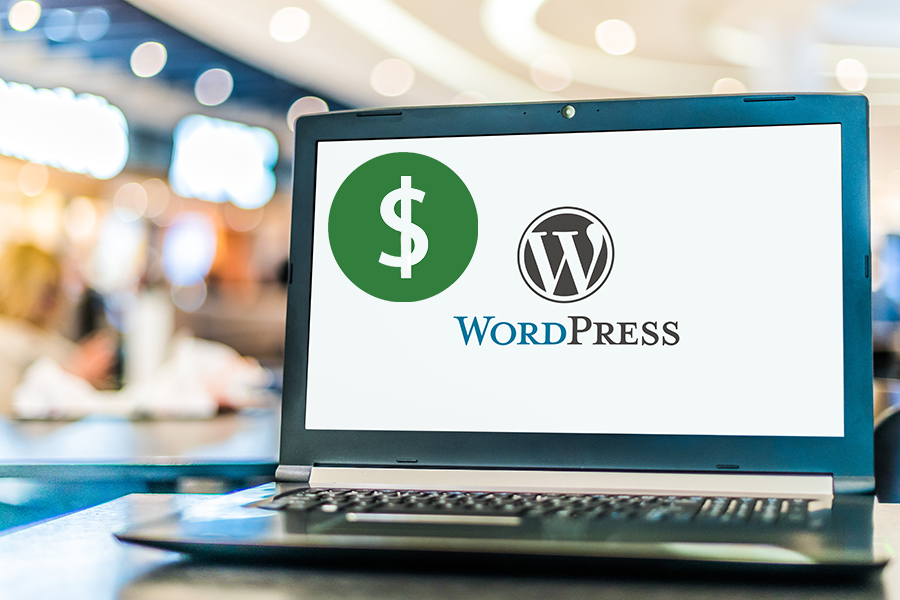

Multisites are a great way to manage multiple WordPress sites but they are one of the most misunderstood features. In some cases, using a multisite can save your time, but it can easily lead to administrative complexity and cost you flexibility, leaving you with a tangled web to handle.
To avoid these issues it’s important to understand what are multisites, when you should use it, and when to avoid it, before you decide to make the move. By understanding how a multisite work you will be able to determine if this is the right step for your site. In this post we answer your biggest questions:
What Is a Multisite?
A multisite is a feature in WordPress that allows users to create a network of sites on a single installation of WordPress. Rather than having to log into a handful of sites, multisites makes it possible to manage everything, from themes, user roles, and the number of sites, under one dashboard.
Here’s an example of what your URLs would look like:
- Root domain: domain.com
- Subsite #1: subsite1.domain.com
- Subsite #2: subsite2.domain.com
This can continue on. Multisite works whether you need to create just two sites or if you plan to launch two million, making it easier than ever to scale and manage your network of sites from one centralized, conveniently organized place.
When to Use a Multisite
The best time to use a multisite is when you are building a network of sites that share similar functionality. These sites will likely all share a similar functionality added through specific server configurations, plugins, or custom applications. Typically, multisites work best when you are using a limited number of themes that were created specifically for this network of sites.
A few examples of best use cases include:
- Universities offering professors and students the ability to create their own blogs or portfolio sites
- Corporations with multiple departments, each in need of its own dynamic site
- Media companies that intend to give each publication or television show its own website
- International brands with websites customized for specific territories
- Travel websites with separate websites for each destination
When Not to Use a Multisite
On the flipside, there are many reasons when not to use a multisite.
WordPress multisite is not right for websites with little functionality overlap. If everyone wants their own theme and intends to play with customization, Multisite will be more of a hindrance than a help. In those situations, you may want to do separate WordPress installs and then use a site management plugin to oversee each entity via one global dashboard.
The considerable data requirements of a complex network of websites mean that multisite users must invest in managed cloud hosting and upgraded security measures. If your main website is vulnerable, so are all the subdomains, and a network-wide outage could be catastrophic.
A few examples of when not avoid a multisite:
- Single or stand-alone sites.
- If your website requires a great deal of customization. Even if they are using the same theme, but with specific customization for each.
- If you manage multiple sites that use different plugins, themes, etc.
- If you are using the Personal level plan or did not add the multisite addon to your Startup, Growth, or Scale plan.
- If you are unsure if a multisite is right for you.
Ask a WordPress Professional
If you are not sure if a multisite is right for you, it’s best to consult with a WordPress expert. Contact our knowledgeable team at WP SitePlan and we’ll help you explore your options and provide you with the best solution for you.


